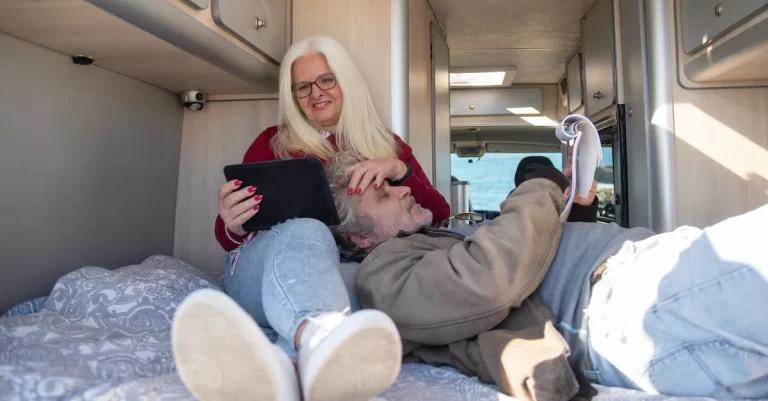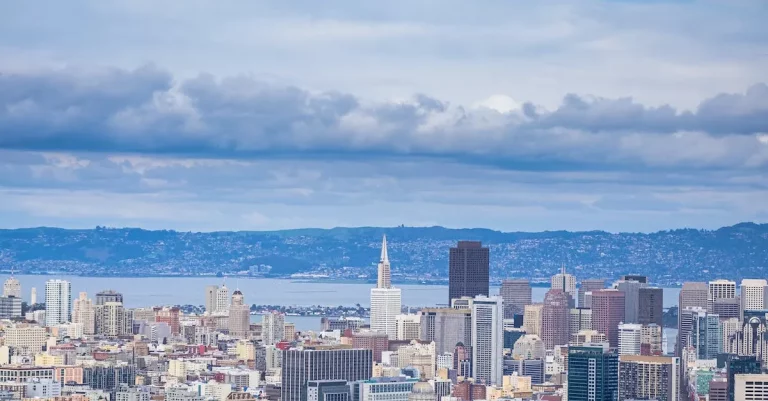Where Did The Seattle Supersonics Go?
The story of what happened to the NBA’s Seattle SuperSonics after over 40 years in the Emerald City is a complex saga involving dedicated fans, controversial ownership, and a messy relocation. If you’re short on time, here’s a quick answer to your question: The SuperSonics moved to Oklahoma City for the 2008-09 NBA season after new owner Clay Bennett won approval to relocate the team.
In this approximately 3000 word article, we will take an in-depth look back at the history of the SuperSonics in Seattle, the factors that led to the team’s relocation, and their transition to a new home in Oklahoma City where they were rebranded as the Thunder.
The SuperSonics in Seattle
The Seattle SuperSonics, also known as the Sonics, were a professional basketball team based in Seattle, Washington. The team was founded in 1967 and played in the National Basketball Association (NBA) until 2008.
The Sonics had a rich history and a dedicated fan base that made them a beloved part of the Seattle sports scene.
Early Success and Dedicated Fans
During their early years, the SuperSonics experienced a great deal of success on the court. In the 1978-1979 season, they won their first and only NBA championship, led by the legendary duo of Dennis Johnson and Gus Williams.
The team also boasted Hall of Fame players such as Lenny Wilkens and Jack Sikma.
One of the defining aspects of the SuperSonics’ time in Seattle was the unwavering support they received from their fans. The team’s home games at the Seattle Center Coliseum, later renamed KeyArena, were known for their electric atmosphere.
The “SuperSonics Mania” swept through the city, with fans donning green and gold and cheering their team on with unbridled enthusiasm.
The SuperSonics became an integral part of the community, with players actively participating in local events and charities. The team’s success on the court and the strong connection they forged with their fans made them a beloved symbol of pride for the city of Seattle.
Decline and Struggles in the 2000s
Unfortunately, the SuperSonics’ success began to wane in the 2000s. The team struggled to maintain their winning ways and fell into a period of decline. Ownership changes and financial challenges further complicated the situation.
In 2006, the team was sold to a group of Oklahoma City-based businessmen, which raised concerns among Seattle fans about the team’s future in the city. Despite efforts to keep the team in Seattle, negotiations for a new arena fell through, and in 2008, the SuperSonics relocated to Oklahoma City and became the Thunder.
The loss of the SuperSonics was a devastating blow to the city of Seattle and its basketball fans. The team’s departure left a void in the sports landscape and a sense of loss for the dedicated fans who had supported them for decades.
Efforts to bring professional basketball back to Seattle have been ongoing since the SuperSonics’ departure. The city has a passionate and dedicated fan base that continues to hope for the return of NBA basketball to the Emerald City.
This article is inspired by the information found on HistoryLink.org.
Relocation to Oklahoma City
New Ownership with OKC Ties
One of the key factors that led to the Seattle SuperSonics’ relocation to Oklahoma City was the change in ownership. In 2006, the team was purchased by a group of investors led by businessman Clay Bennett, who had strong ties to Oklahoma City.
Bennett, a native of Oklahoma, had expressed his desire to bring an NBA team to his home state and saw the struggling SuperSonics as an opportunity to do so.
Under the new ownership, the team underwent a rebranding process, changing their name to the Oklahoma City Thunder. The franchise made efforts to connect with the community and build a fan base in their new city, eventually becoming one of the most successful teams in the NBA.
Failed Arena Negotiations
A major factor that contributed to the SuperSonics’ relocation was the failure to reach an agreement on a new arena in Seattle. The team’s former home, KeyArena, was considered outdated and in need of significant renovations.
However, negotiations between the team and the city for a new arena stalled, and the lack of progress ultimately led to the decision to move the team.
The issue of public funding for a new arena was a contentious one in Seattle, with many residents expressing concerns about using taxpayer money to support a professional sports team. Without a viable plan for a new arena, the SuperSonics’ ownership felt that they had no choice but to explore other options.
NBA Approval of the Move
The relocation of an NBA team requires approval from the league’s Board of Governors. In the case of the SuperSonics’ move to Oklahoma City, the NBA granted their approval in 2008. The decision was met with mixed reactions from fans and the Seattle community.
The NBA cited various reasons for approving the move, including the lack of progress on a new arena in Seattle and the potential for a stronger fan base in Oklahoma City. Additionally, the league recognized the commitment of the new ownership group to the city and their efforts to build a successful franchise.
Despite the disappointment felt by SuperSonics fans in Seattle, the move to Oklahoma City proved to be a turning point for the franchise. The Thunder quickly gained a passionate fan base and have since become a perennial contender in the NBA, showcasing the success that can come from a well-executed relocation.
Becoming the Thunder
After the departure of the Seattle SuperSonics, the team underwent a significant transformation and eventually became the Oklahoma City Thunder. This move brought both excitement and disappointment to basketball fans in different cities.
Excitement in a New Basketball City
When the SuperSonics relocated to Oklahoma City, it was a momentous occasion for the city and its basketball fans. The arrival of an NBA team brought a renewed sense of pride and excitement to the community.
The Thunder quickly became a beloved team, with a passionate fan base that filled the Chesapeake Energy Arena for every home game. The energy and enthusiasm in the arena were palpable, creating an electric atmosphere that players and fans alike cherished.
With the Thunder’s success on the court, the city of Oklahoma City experienced a surge in tourism and economic growth. The team’s presence brought in revenue from ticket sales, merchandise, and increased local business activity.
This newfound prosperity solidified Oklahoma City as a basketball city and helped put it on the map as a sports destination.
Building the Team in OKC
Building a successful NBA team in Oklahoma City was no easy task. The Thunder’s management and coaching staff worked tirelessly to assemble a roster of talented players who could compete at the highest level.
Through strategic draft picks, shrewd trades, and smart free-agent signings, the team gradually built a formidable lineup that would become a force to be reckoned with in the league.
One of the key turning points for the Thunder was the acquisition of Kevin Durant in the 2007 NBA Draft. Durant, along with fellow stars Russell Westbrook and James Harden, formed the core of a young and dynamic team that would go on to achieve great success in the coming years.
The Thunder’s commitment to player development and teamwork played a crucial role in their rise to prominence.
Return to Seattle Efforts
Despite the success and popularity of the Thunder in Oklahoma City, there have been ongoing efforts to bring an NBA team back to Seattle. The departure of the SuperSonics left a void in the hearts of many Seattle basketball fans, who still long for the return of professional basketball to their city.
Various groups and individuals have made attempts to bring back the SuperSonics or establish a new team in Seattle. These efforts include lobbying for a new arena, seeking potential ownership groups, and engaging with the NBA to express the city’s desire for a team.
While progress has been made, the process of bringing an NBA team back to Seattle is complex and involves multiple stakeholders.
As of now, Seattle remains without an NBA team, but the passion and dedication of its basketball fans continue to fuel the hope for a future return. The story of the SuperSonics and the subsequent rise of the Thunder in Oklahoma City serves as a reminder of the impact and significance of professional sports teams on their communities.
Conclusion
The SuperSonics’ relocation from Seattle to Oklahoma City left behind heartbroken fans who still yearn for the return of NBA basketball. However, the Thunder have also built an enthusiastic new follower base in OKC. The messy disputes between ownership and Seattle that precipitated the move exemplify the business side of professional sports, where teams are not always tied to one city forever.








